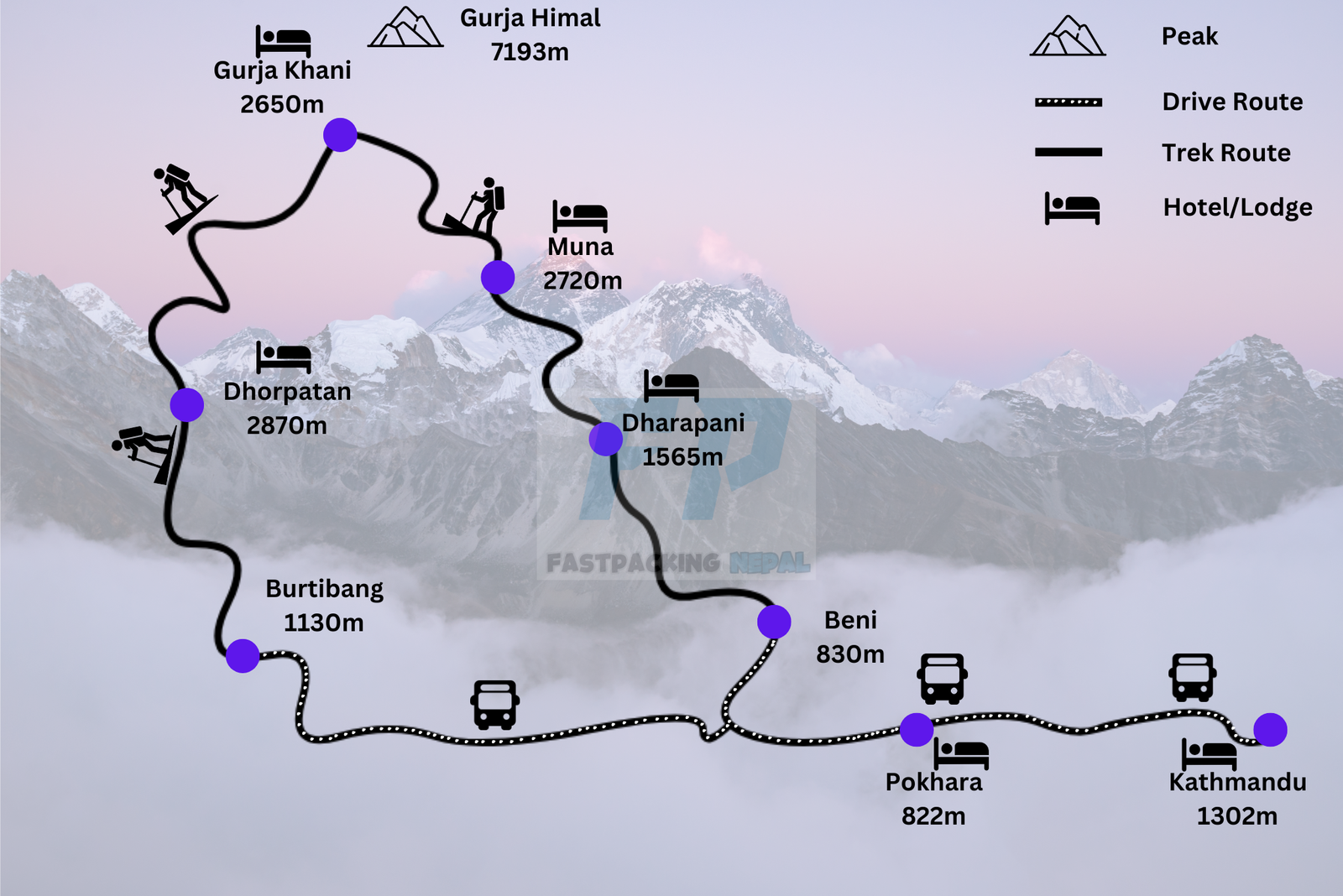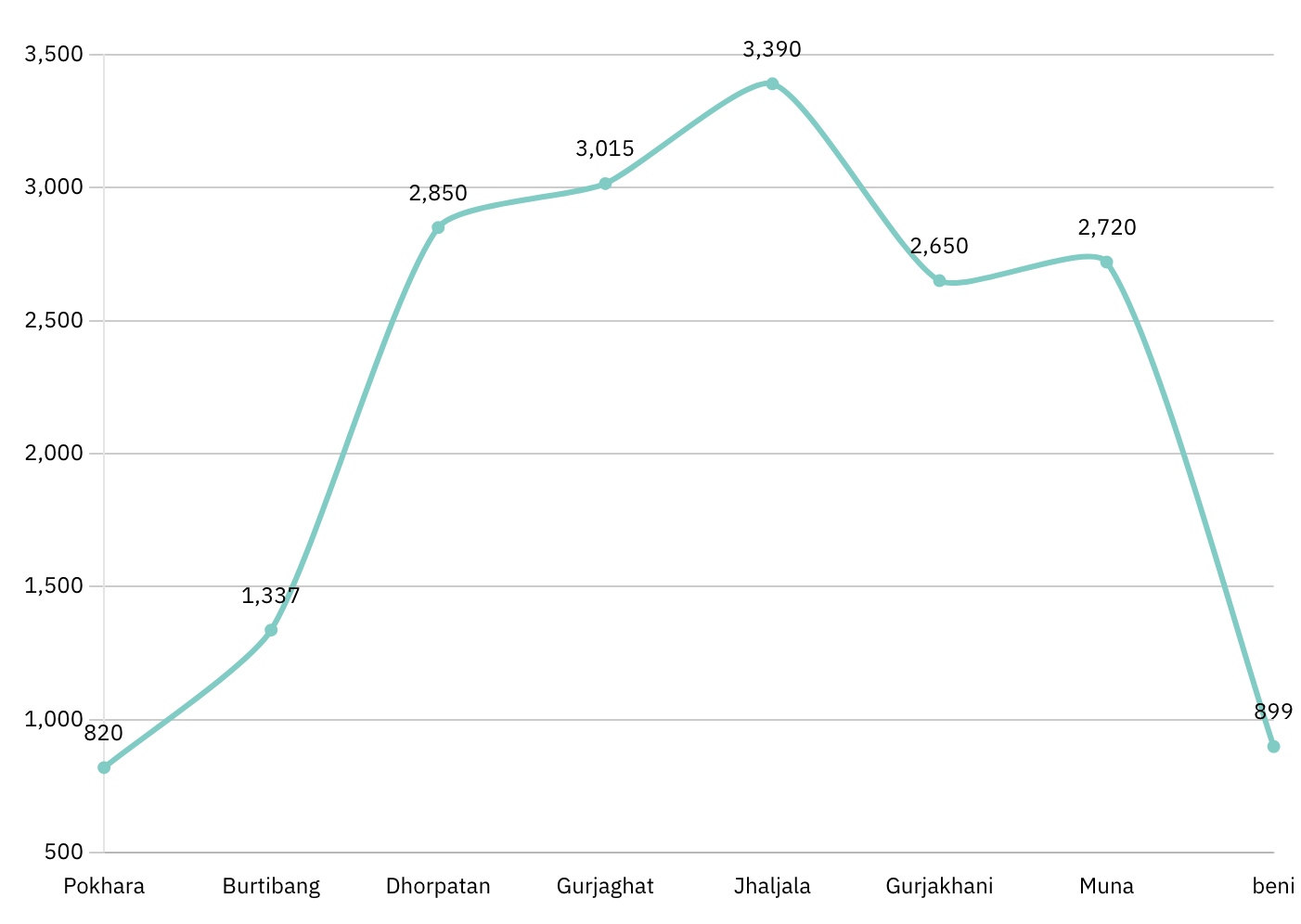Dhorpatan Fastpacking
Overview
Dhorpatan Fastpacking offers a fantastic trail running with a 25 km straight run in the wilderness. It is one of western Nepal’s best fastpacking opportunities through off-the-beaten paths. With its untouched natural beauty and friendly locals, this region is perfect for those seeking a moderately challenging fastpacking experience.
Unlike the more popular Annapurna and Everest regions crowded with trekkers, Dhorpatan’s trails are relatively quiet allowing for better pacing. The area’s diversity enables running through pine forests and up ridges with spectacular Himalayan views. With a peak altitude of 4,050 m, at Thulo Bheri Pass the ascents are manageable for those who are acclimatized.
For fastpacking, the region’s trails link small villages enabling self-supported multi-day trips. The short 6-day Dhorpatan circuit hits highlights like Phagune Pass and Dhorpatan Hunting Reserve filled with wildlife like the elusive Himalayan Thar. Moving quickly allows us to cover more ground and spares time for interacting with the region’s friendly Magar people.
With basic teahouse lodging available, Dhorpatan delivers an accessible off-the-grid running and fast-packing adventure that won’t break the budget. It’s an ideal option for athletic travelers seeking a bit of Nepali trail magic.
Fastpacking Description
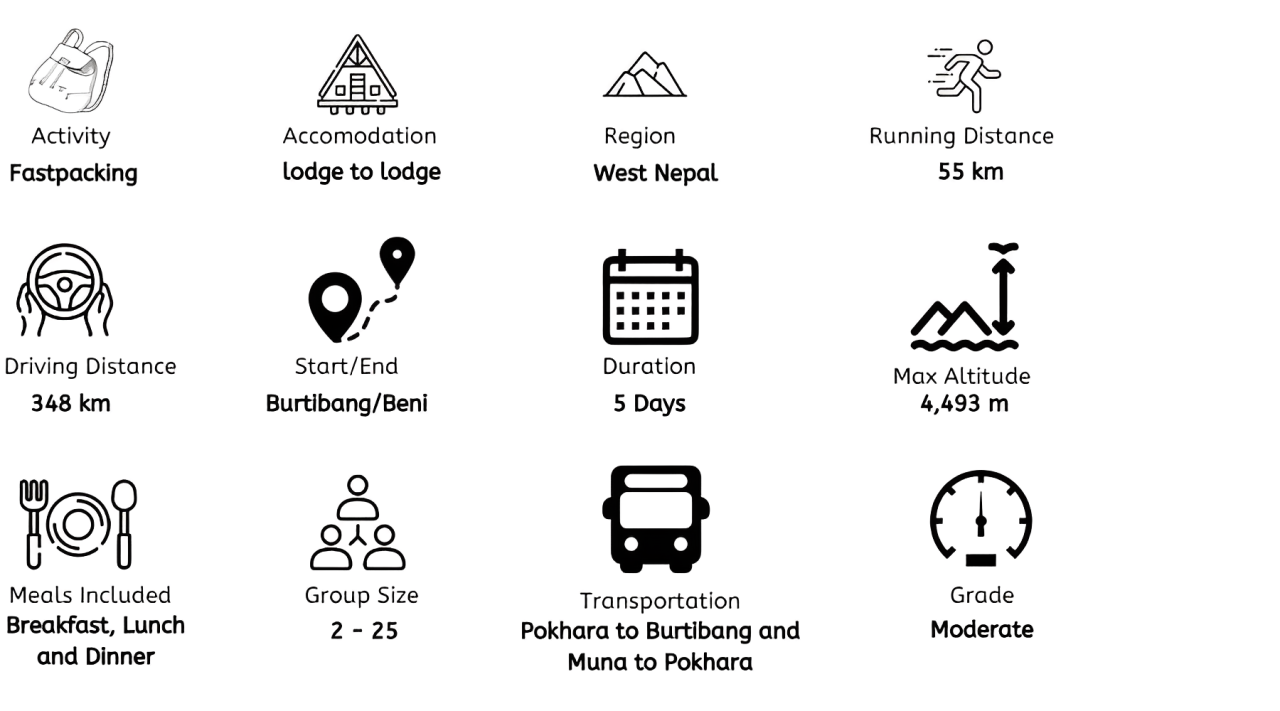
Fastpacking Dhorpatan Key Highlights:
- Witness, Jaljala Pass.
- Explore the Dhorpatan Hunting Reserve, a remote protected habitat for rare wildlife and abundant birds.
- Scenic mountain meadow and forest ridge run with Annapurna and Dhaulagiri views during the run.
- Magar Villages and people with ethnic people villages with welcoming hospitality.
- Up close views of Mount Fang over 7,000m peak towering over the landscape.
- Cozy stone and wooden lodge for fast packers.
- Cross Jaljala Dada Pass, a 3,107m pass descends through the Bhajang Khola gorge.
Dhorpatan Fastpacking Itinerary
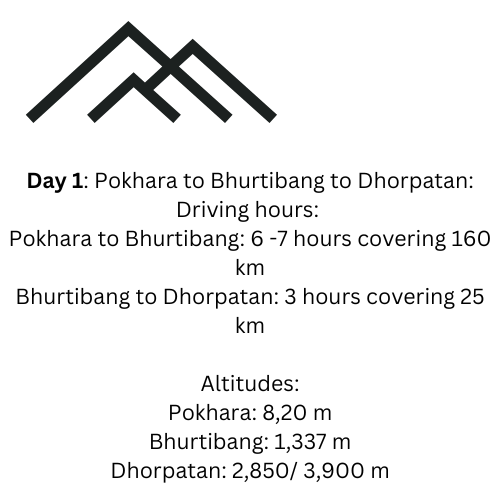
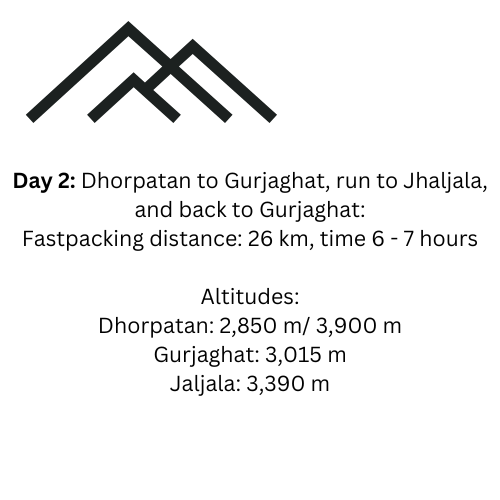
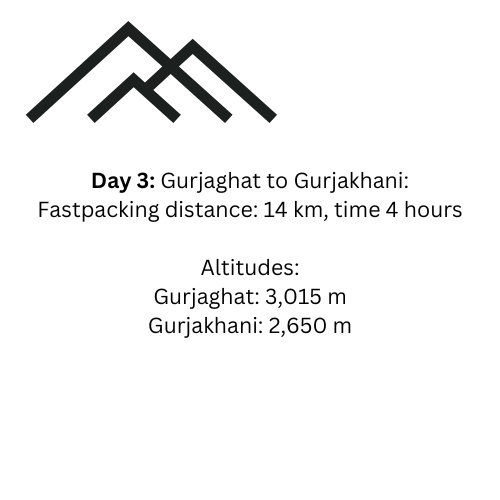

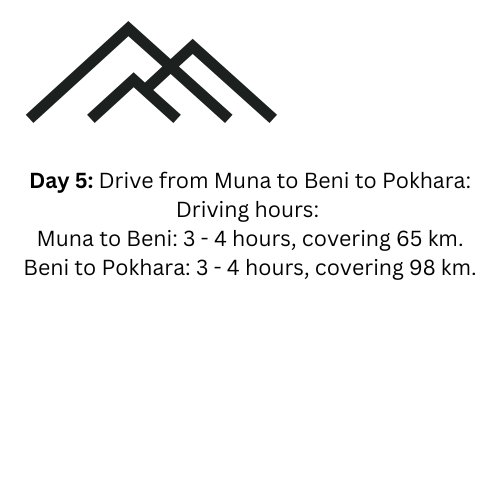
Fastpacking Dhorpatan Gears and Accessories:
Clothing top:
Sunglasses
Beanie
Sunhat
Sunscreen
Bandana
Headlamp or Flashlight
Clothing bottom:
Long sleeve and short sleeve shirt, merino wool or synthetic.
Bring a light puffy jacket with a hood and a down jacket.
Light rain shell and wind shell jackets.
Running shorts, Tech pants, Puffy pants, Sleeping bag.
Tech pants and a pair of long underwear instead.
Many pairs of Underwear.
Feet:
Normal trail running shoes.
Pack 2-3 pairs of socks + one thicker pair for around camp.
Some chemical warmers for when we cross the high altitude passes (usually 3-5 hours).
As we are crossing a high pass, pack crampons or microspikes.
Sleeping:
Sleeping Bag for -20°C
Sleeping Liners
As we will sleep in tea houses we don’t need to camp.
Miscellaneous:
A 30l pack for most of our adventures should be more than sufficient.
Water bottles and bladders.
Travel medicines.
Personal hygiene kit
Pocket money Nepali cash.
Passport or photocopy of passport.
Emergency contact sheet.
Physical Preparation and Training:
Endurance
- Build a solid aerobic base by training for at least 4-5 days a week for 30-90 minutes working up to logging miles/hours on feet through running, hiking, cycling, or using the treadmill at an incline.
- As the trek approaches, begin implementing longer workouts (2-4 hours) carrying weight in your daypack while ascending steep hikes or stairs to simulate trail conditions.
- On terrain, the target covers 8-12 miles daily while ascending to 1,000m to train muscles to handle Nepal’s steep mountain trails.
Strength
- Complement endurance workouts with lower body and core strengthening 2-3 days a week. Focus on squats, lunges, deadlifts, planks, and toes to bar. Carry weights/resistance for added difficulty.
- Building leg and glute power helps propel each step while core fitness supports overall posture for carrying packs and prevents injury.
Balance
- Practice balancing poses like single-leg deadlifts and pistol squats which mimic stabilizing steps on uneven mountainous ground.
- Agility drills like lateral hops to build stability are helpful for micro-adjustments placing boots on narrow Himalayan trails.
Running practice:
- Practice running with the shoes you are planning for the fastpacking journey.
- Fill your backpack with clothing, sleeping bags, and other necessities during workouts.
- Make sure you have practiced with everything you need during fast packing, just mimic the conditions at least once.
Fastpacking Dhorpatan Trek Route and Altitude Chart
